How smart power grids can help the EV industry
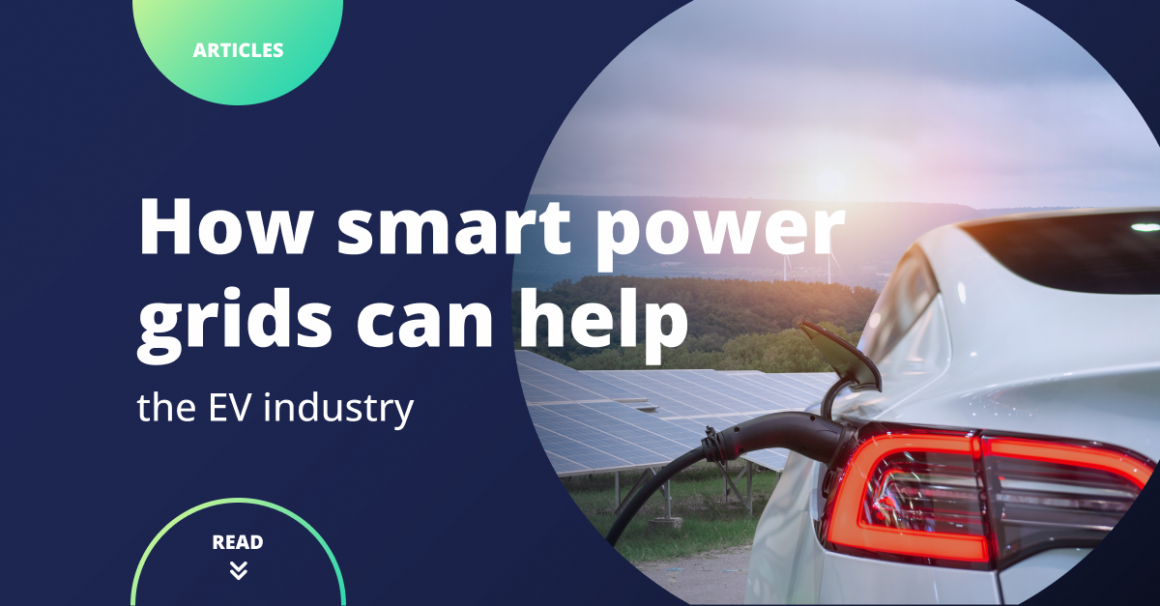
Smart grids are the future of power grids. Thanks to them, customers will know how much energy they are using and where they can cut the usage and also be able to connect their renewable power generators to the grid easily. Being able to prevent power outages and potential infrastructure damage by having 24/7 infrastructure monitoring will surely come in handy as well. What’s more, intelligent grids could automatically isolate the malfunctioning parts to prevent further damage caused to the infrastructure.
The industry that might benefit the most from the smart grids is the EV industry. Why should EV businesses and electric vehicle owners be interested in smart grids?
Why EVs and conventional power grids do not mix well
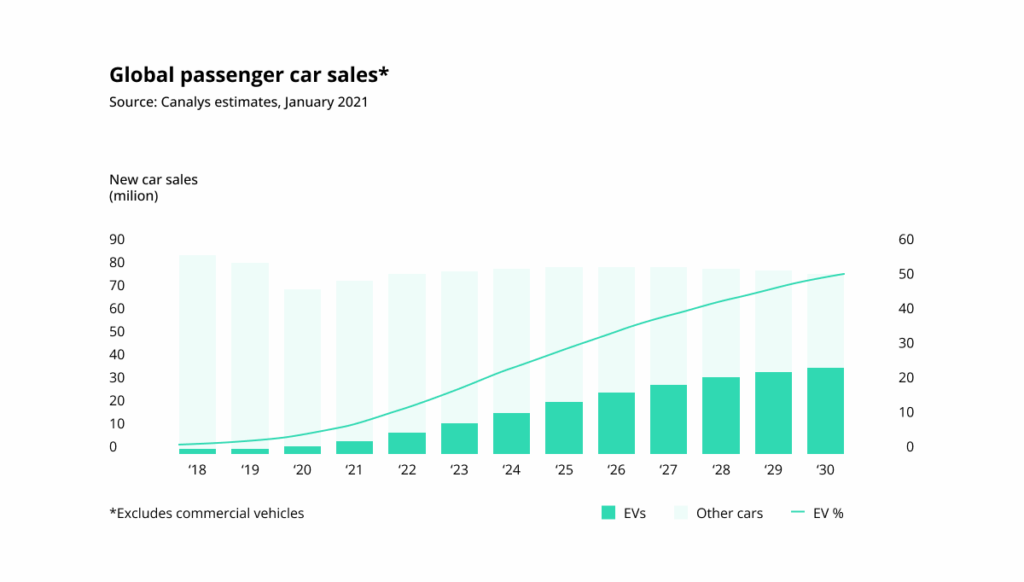
The number of electric vehicles on the road is growing slowly but steadily. At the end of October 2022, there have been over 590,000 pure-electric cars and more than 1,000,000 plug-in models on UK roads. In the United States meanwhile, EVs made up 6% of all vehicles sold in 2022 – up from 2.2% in 2020. The industry could be growing even faster, especially with the government’s tax incentives, but a few things are stopping it from expanding.
Unfortunately, one of those things is our good old conventional power grids. If many vehicles on the road were to go electric overnight, could the power grid handle it? Quite likely not. Our current electric infrastructure, while working well for years, is now struggling with the growing demand for energy – which means we have now to deal with frequent power outages.
Adding electric cars to the mix could make the situation even worse. According to the International Energy Agency (IEA), there are currently 16 million electric cars on the road worldwide, consuming roughly 30 terawatt-hours (TWh) of electricity per year. That’s already the equivalent of all the electricity generated in Ireland. Adding even more EV cars to the system could overload already struggling power grids – and cause widespread power outages.
Powering EV cars with renewable energy could be a solution to both lower the strain on the power grid and also cut the demand for fossil fuels. However, there’s a problem here as well.
Conventional power grids are designed to handle a consistent amount of electricity – but renewable energy is anything but consistent. In optimal conditions (such as during sunny or windy days), renewable energy plants can generate more energy than needed. The energy generation can stop as soon as the weather conditions change – no sun or wind, no energy.
Then the power grid has either to handle the surplus energy flowing through the lines or compensate for the lack of renewable energy by sending more energy. Such sudden changes in demand can quickly lead to grid imbalance, overload, and power outages.
How could smart grids solve those issues?
Since the regular grid is over a century old, it’s natural that the aging infrastructure cannot handle the tremendous demand for electricity or support renewable power generators. With the help of modern technologies, though, we can modernize the electrical grids and make them “smarter.”
Thanks to sensors, wireless modules, and various monitoring systems powering smart grids, we’ll be able to:
- Gather real-time information on how the grid is working
- Automatically balance the load on the grid to prevent overloads
- Get detailed information about our energy usage, down to how much energy each machine or device is using
- Notice any equipment malfunctions before they lead to power outages
- Connect different types of renewable energy generators to the grid
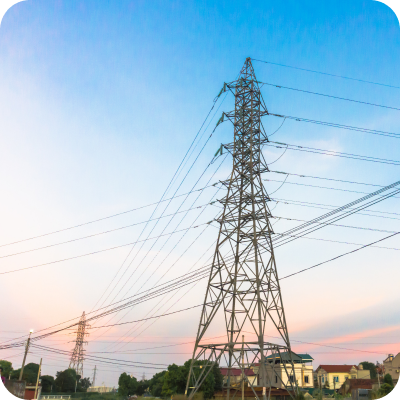
How could those benefit electric car drivers or EV businesses like EV fleet owners? For example, the smart grid could keep gathering information about the current energy demand and recommend charging the car when the demand is the lowest. That way, both regular users and business owners could save a significant amount of money as they could charge their vehicles when they will pay the least.
However, smart grids could also help the EV industry to spread its wings in a few different ways.
1. Allowing to use electric vehicles for storing surplus renewable energy
A major problem with renewable energy is its unpredictable nature, since the energy generation depends on the weather conditions. What’s more, as the panels themselves can’t store the surplus energy, a large part of the renewable energy might be wasted unless a storage system is added.
How about using the idle vehicles themselves as energy storage? Thanks to the Vehicle-to-Grid system (or V2G for short) that would be possible. V2G allows electric vehicles to exchange data with the public power grid and, during peak energy demands, send the energy they have stored inside their batteries to the grid. That way, schools or EV fleet owners could use their idle electrical vehicle batteries to gather and store surplus energy and release it as needed.
Even better is that the energy coming from the EV vehicles could also be used to power home or business devices – for example, during a power outage.
2. More control over the charging process thanks to smart charging
Data collected by smart grids can also be used to intelligently manage electric vehicle charging so that the grid isn’t overloaded or unstable. For example, imagine that everyone owning an EV car would want to plug their car to charge as they came home from work, around 4-5 PM. Results? A sudden increase in demand for electricity, rising electricity prices and also a much higher risk of overloading the network.
With smart charging, the car and utility company can “communicate” and, based on received data, adjust their behavior – for example, by scheduling the charging for hours with low demand. But smart charging would also allow EV users to limit the amount of energy used for charging as well. Typically, the vehicles take as much energy during the charging period as they need.
Smart EV chargers meanwhile allow drivers and charging station owners to set limits on how much energy can be used and then monitor the whole charging process. The charge management platforms will also display details on the charging process, such as power rate, energy cost, and energy source.
That would be incredibly useful both for EV drivers who charge their cars at home but also for charging station owners or EV fleet companies, as it will help them understand their electricity needs and manage their costs by optimizing the charging time.
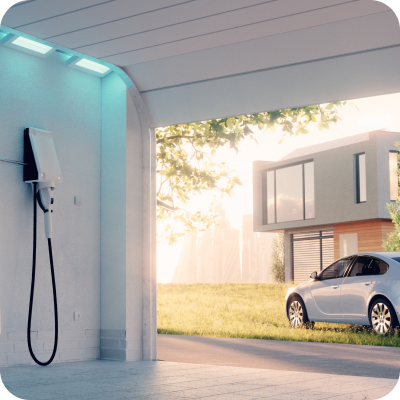
3. Plug & Charge for easier charging at stations
Currently, 56,256 EV charging stations are available across the US, according to the Alternative Fuels Data Center. With EV drivers’ biggest fear being running out of power without a charging station nearby, seeing a growing number of stations should ease their minds, right?
Not exactly though, as using a charging station can still be quite complicated. Before EV drivers can charge their cars, they need to be verified at the station – typically with a mobile app or RFID card. That makes traveling quite tricky though, as EV drivers might need several mobile apps with a customer account in each one, just to charge their car. Finding out what type of charging connector or payment method the charging station offers can also be quite difficult.
However, the Plug & Charge protocol could revolutionize the charging situation and make it faster than ever. Using this method, Electric vehicles can send all customer data required for verification directly to the charging stations as soon as the cars are plugged in and even automatically pay for the charging. Each vehicle will have assigned an individual customer account through which the charger will be able to identify the customer and then share the data with the charging station system. After the customer is verified successfully, the charging process will start automatically.
That way, EV drivers don’t need to worry about searching for a charging station brand they are familiar with or having multiple customer cards for each station. Instead, they can drive to the nearest station, plug their car into the charger, and then the whole authorization process will be done automatically.
In addition, Plug and Charge protocol follows ISO15118 standard guidelines to ensure that the data flowing through the network is fully secure – especially payment data.
4. Far easier infrastructure monitoring
Due to the growing demand for electricity and extreme weather conditions caused by global warming, we now experience far more power outages than ever before. Since the infrastructure is interconnected though, just one power outage can trigger a domino effect and cause large-scale blackouts. Not to mention, fixing equipment or machine damage caused by the outages is also becoming troublesome (and costly). Keeping an eye on the state of all your equipment isn’t exactly an easy task though, especially if you are a small station or fleet owner.
Smart grids meanwhile would monitor the infrastructure 24/7 for you and alert you whenever they notice something suspicious happening. In case of an outage, they can also isolate the malfunctioning part from the rest of the system to prevent the outage from spreading.
Together with charging station management systems, you can even manage your station or fleets remotely. The management solution will keep gathering and updating data on the state of your chargers or vehicles, show the usage details and even let you adjust the pricing whenever you need it. That will be especially useful if you have several charging stations or fleets to manage – everything will be available straight from one software.
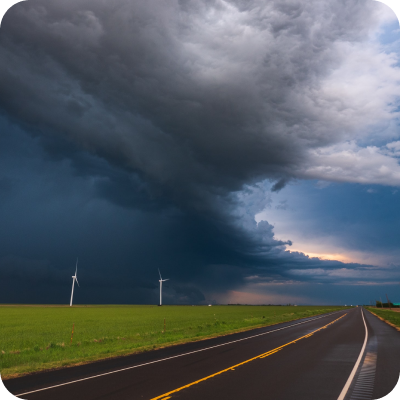
Conclusion
Smart grids can solve many of the issues that regular smart grids are struggling with – such as quickly responding to any changes in energy demand or giving users a way to monitor their energy consumption. But for EV businesses and car owners, the benefits of turning to smart grids can be noticeable. For example, with real-time energy demand data, EV drivers could pick the right time to charge their cars while paying less and limit how much energy the vehicles are taking.
Plug&Charge meanwhile can make charging the vehicles at a station far smoother for the drivers – and the easier the charging will be, the more likely that the interest in EV cars will go.
So you can actually say that getting more electric cars on the road starts with turning our regular grids into Smart Grids – and we’ll all benefit from that.
contact us
Need expert guidance on your next energy project?
Reach out to us and discover how Codibly can offer tailored solutions to drive your business.